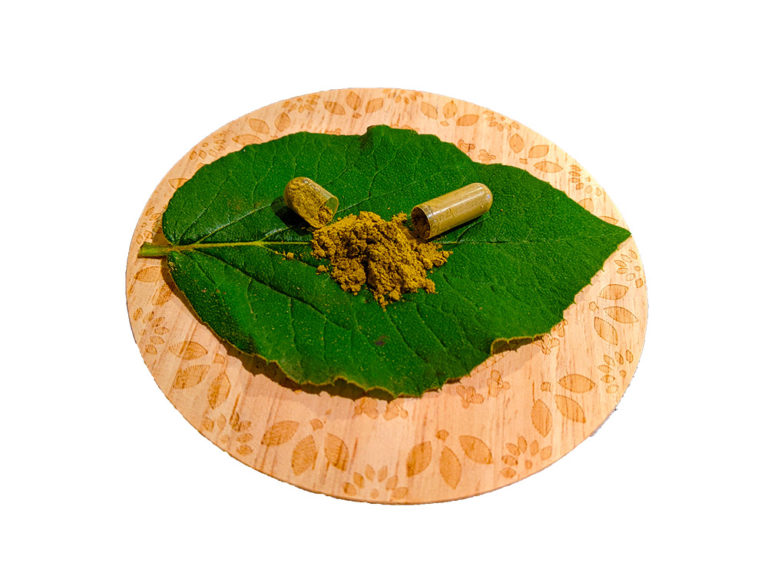
Note: There is a correlation between kratom and seizures, but causation has not been established. Kratom alone or kratom combined with other substances could very well cause seizures in some consumers, but as this study shows, there is not enough evidence to determine causation.
Seizures have been commonly listed as a side effect of kratom use by the FDA, the drug rehabilitation industry, and prohibitionists combined with little to no evidence of these claims. Scientists recently published a systematic review of reports of seizures associated with kratom in the journal Frontiers in Pharmacology, and found “insufficient evidence to suggest that kratom causes seizures, primarily due to the absence of a quantitative dose-response in toxicology reports, incomplete medical records and because seizures occur relatively frequently in the general population.”
The relationship between kratom and seizures is obscured by confounding factors. Many patients in the case series and case reports have complex medical histories including opioid disorder and preexisting neuropsychiatric illnesses. Polysubstance use was also commonly noted, raising questions about potential interaction between kratom and other drugs. Federal databases such as CAERS and FAERS lack detailed information on kratom dosage, particularly in seizure cases. Given the consistent lack of kratom use behaviors and incomplete or missing medical histories, the relationship between kratom use and seizures is not clear.
In the examined reports, testing for kratom was rare; instead, caregivers relied on patient testimony. “Across the 11 publications used in our analysis, we noted a total of 20 patients who reportedly experienced seizures after using kratom. However, only one patient was quantitatively positive for Mitragynine in their urine sample, so there was minimal proof of kratom use.” Furthermore, “tests were positive in three case reports for other relevant substances including modafinil, cannabinoids, tricyclic antidepressants, oxycodone, quetiapine, and valproic acid”.
The authors also analyzed two case series, neither of which provided blood or urine samples, and one that did not even provide dose, frequency, or duration of use. They also found this to be the case in two retrospective observational studies analyzed. In studying a report by Ramathibodi Poison Center in Thailand, authors noted 17.5% of those who were considered kratom poisonings had seizures, but that the center did not provide test results.
Self-reports from Centers for Food Safety and Applied Nutrition’s Adverse Event Reporting System (CAERS) database and the US FDA Adverse Event Reporting System (FAERS) were considered, but reliance on anecdotes is generally considered a limitation in science.
The authors also found that “variability of kratom product formulation and product concentration” was not considered.
Of all materials, the authors said “The lack of toxicological testing renders the term ‘poisoning’ arbitrary”, and because of the lack of this information, a dose-response relationship of kratom or mitragynine to seizures is impossible to determine.
